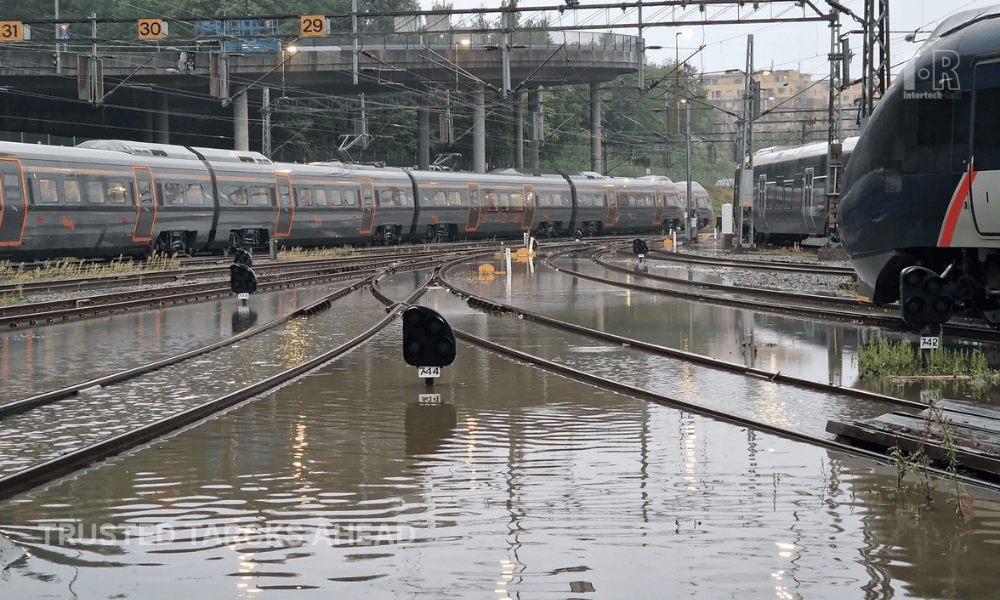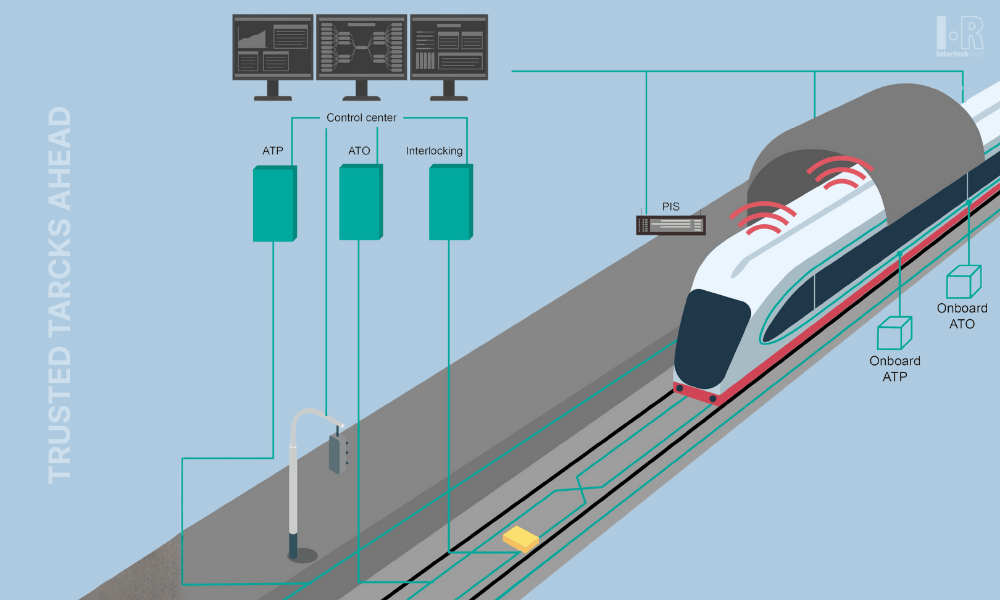RAIL SAFETY – Why GPS cannot be the final decision
Rail automation has been revolutionizing the way trains operate, providing greater efficiency and safety to rail transportation. Global Positioning System (GPS) is one of the key components of rail automation that enables precise positioning and control of rolling stock. However, relying solely on GPS can bring significant risks and challenges to rail automation systems, leading to potential failures that can compromise safety and operations.
GPS technology works by using a network of satellites that orbit the earth and transmit signals to GPS receivers, allowing the calculation of the precise location and speed of the receiver. However, GPS signals can be affected by various factors, including atmospheric conditions, obstructions, and signal interference, among others. These factors can lead to inaccuracies in GPS readings, which can have serious consequences in rail automation.
Challenges of relying solely on GPS for rail automation
One of the primary challenges that GPS can bring to rail automation is the potential for signal loss. In areas with limited satellite coverage or obstructions such as tunnels or tall buildings, GPS signals can be weak or lost altogether. This can cause the train to lose its positioning and control, leading to dangerous situations such as collisions or derailments.
Moreover, GPS signals can also be susceptible to signal interference, which can occur due to various reasons such as electronic jamming or equipment malfunction. Such interference can result in incorrect or inconsistent GPS readings, leading to errors in train positioning and control.
Another issue that can arise with GPS is the possibility of cyber-attacks that can compromise the system's security and functionality. Hackers can disrupt or manipulate GPS signals, leading to inaccurate or false positioning data. This can result in dangerous situations for trains that rely on GPS for positioning and control.
The need for redundancy and alternative positioning technologies in rail automation
In addition to these risks, GPS can also bring operational challenges to rail automation systems. GPS data can be affected by various environmental factors, such as changes in atmospheric conditions or vegetation growth, leading to errors in train positioning and control. Moreover, GPS technology requires continuous maintenance and updating to ensure accuracy and reliability, which can be costly and time-consuming.
While GPS is a critical component of rail automation, it should not be relied upon solely for
train positioning and control. Multiple redundant systems and safety measures should be in place to ensure that trains operate safely and efficiently in all conditions. A combination of GPS and other positioning technologies such as
RFID can provide a more robust and reliable solution for rail automation.




